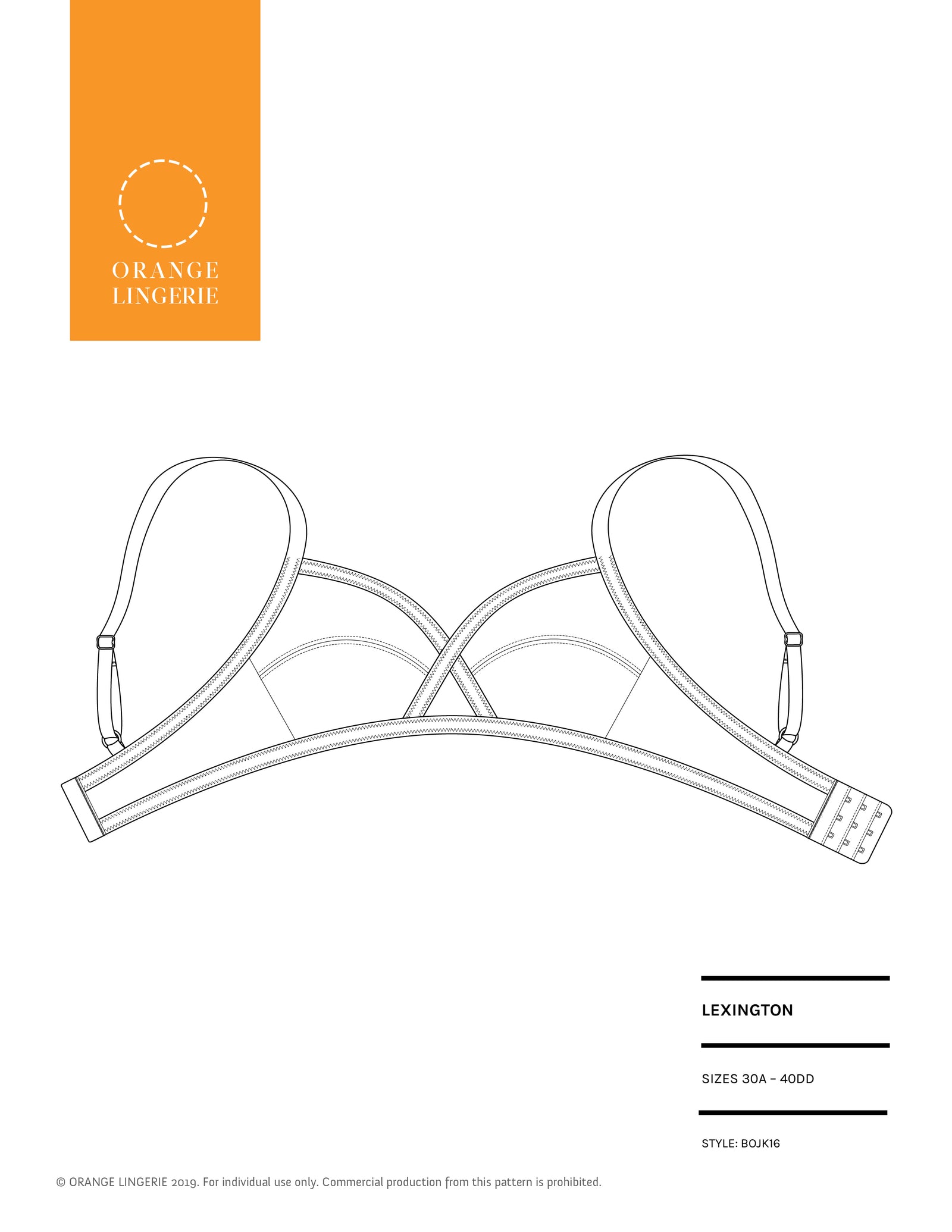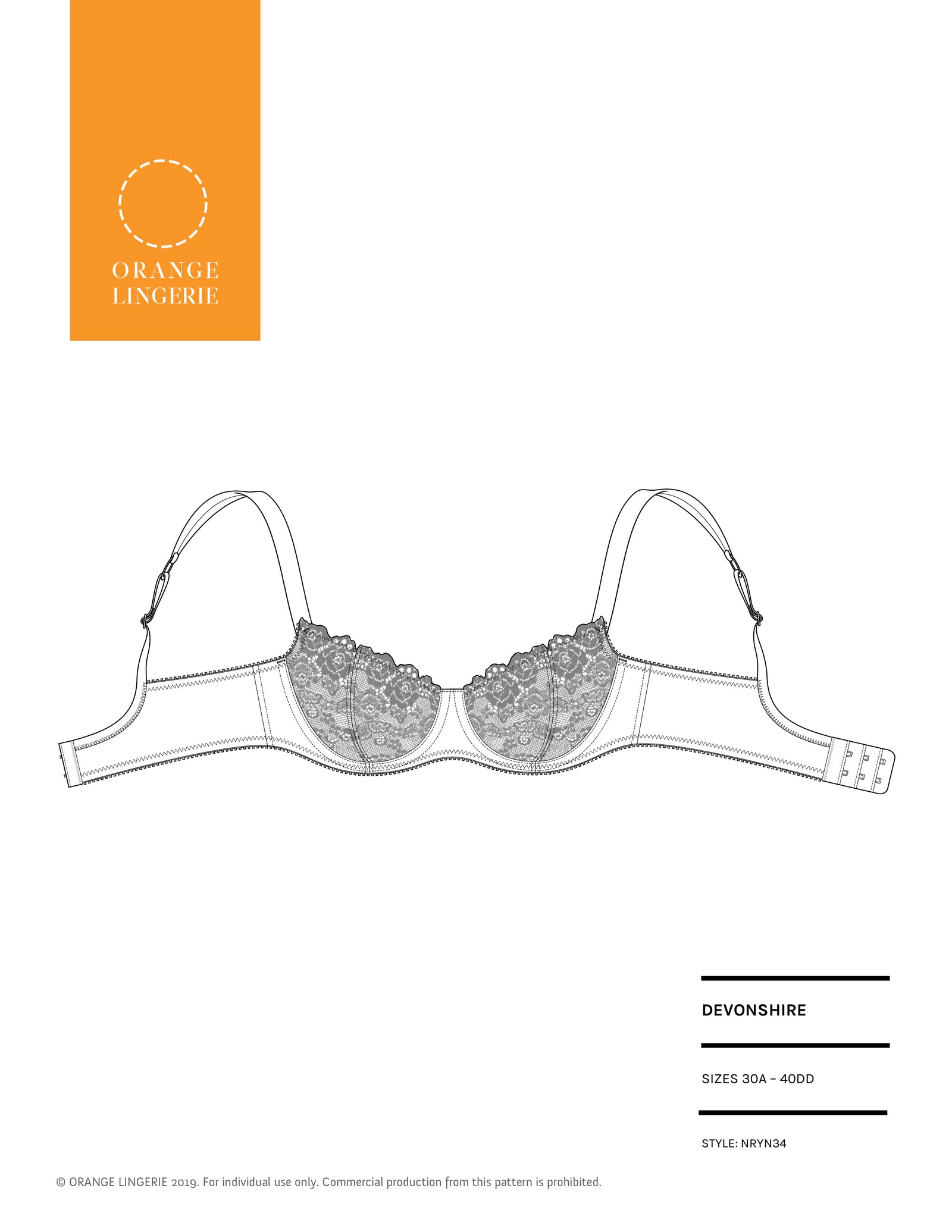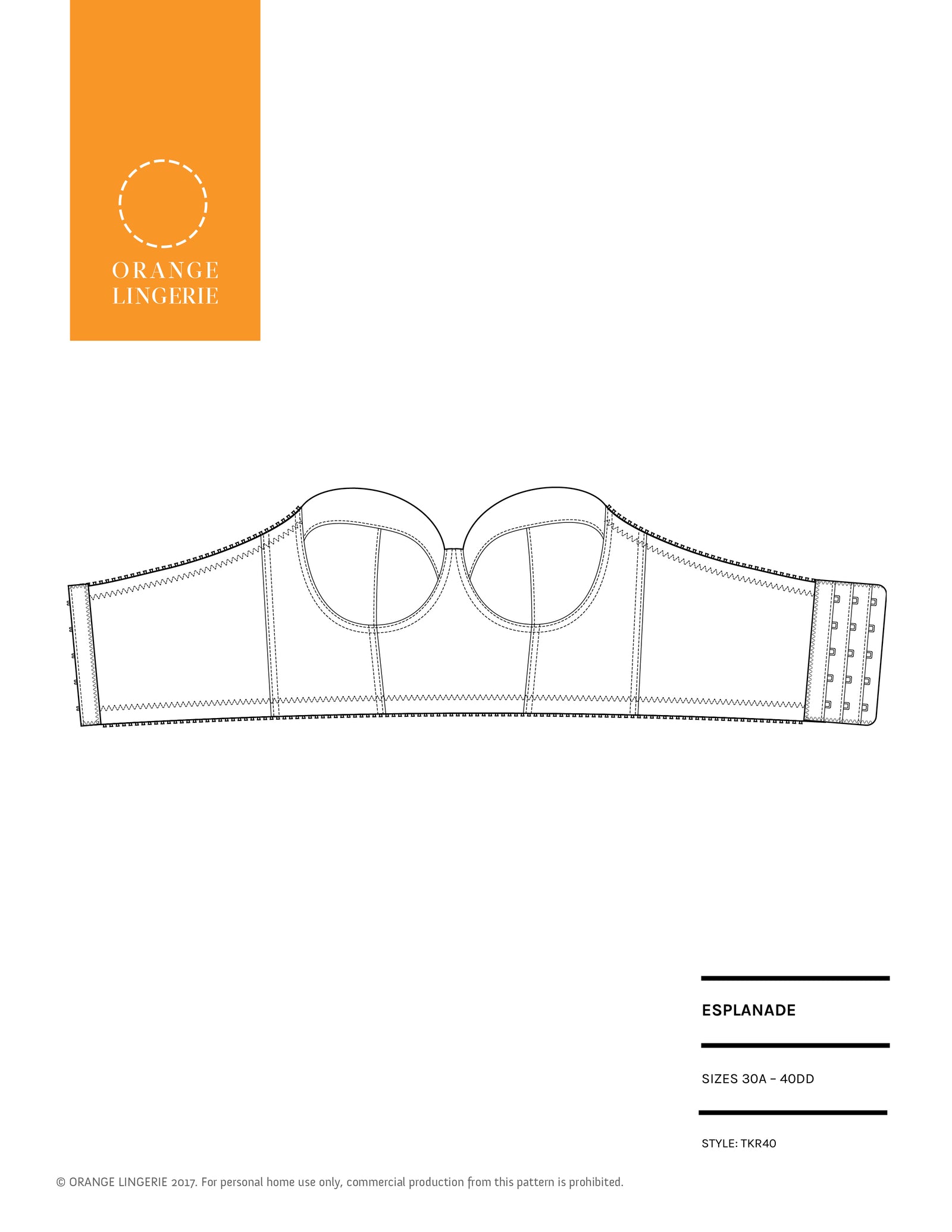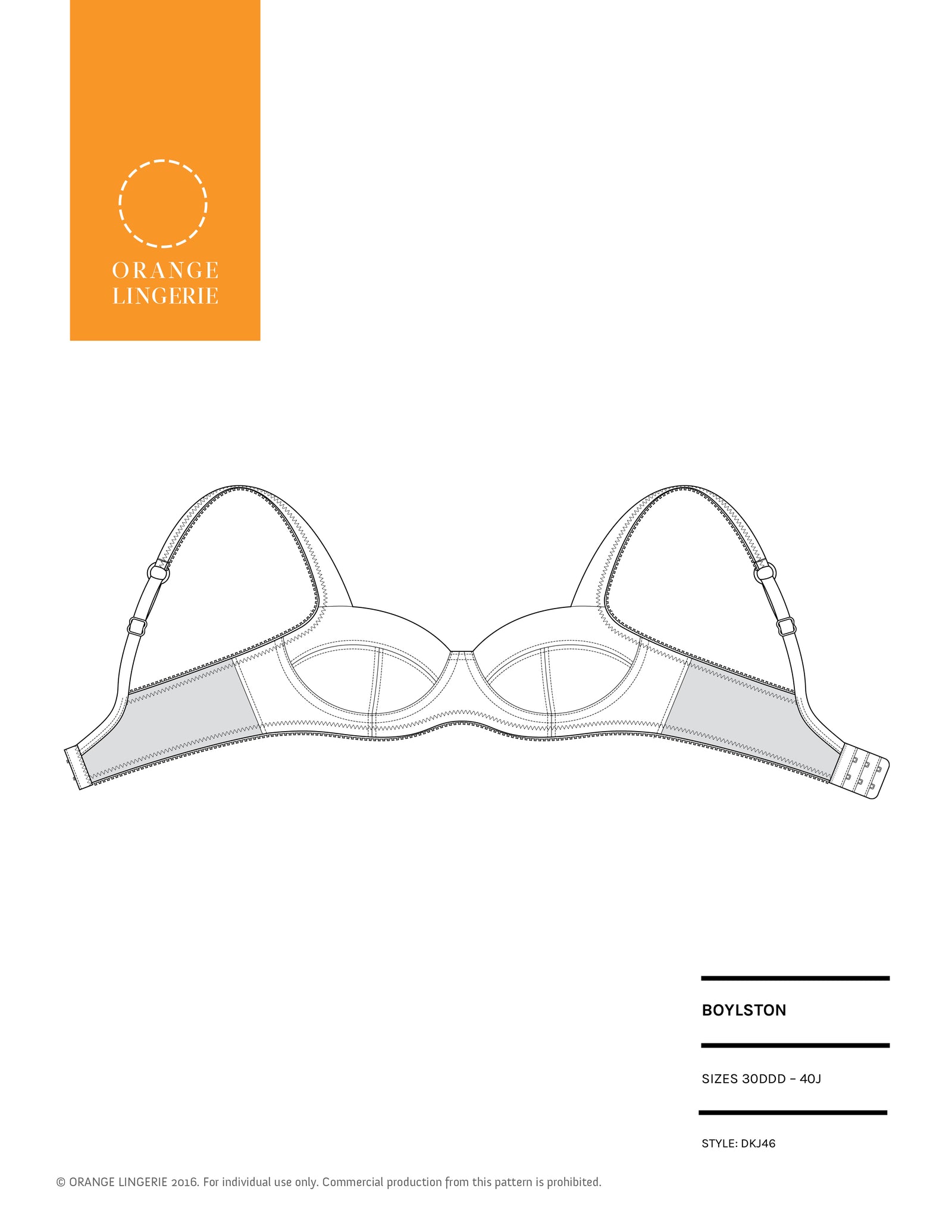
Most lingerie sewing involves ¼” seam allowances. These small seam allowances make it easier than the standard garment seam allowances to sew all the curves involved in making lingerie. In fact, if your lingerie pattern has larger seam allowances, I recommend decreasing them to ¼”.
Importance of Accurate Seam Allowances
Because seam lines are not usually marked on your lingerie fabric to show you where you need to sew, being able to sew an accurate seam is important, especially when it comes to sewing bras. If you take even an extra 1/16” into the seam allowance you decrease the size of each pattern piece by 1/8” (1/16” x 2) in each direction which can significantly affect the fit.
One of the first things I do in every workshop I teach is to check each student’s seam allowance to be sure they are sewing at ¼”. I often see students align the edge of their presser foot with the edge of the fabric, thinking they are sewing a ¼” seam. Unless you are using a ¼” foot, that it is not the case! Every machine differs and you need to find how to achieve a ¼” seam on your machine and get that set before you start sewing the garment.
Finding the ¼” seam allowance setting
To get a ¼” seam allowance with a standard machine foot, I prefer to move the needle position so I can use the edge of the presser foot rather than finding a suitable fabric alignment point on the bed of the machine. To find the ¼” seam allowance, I put a gauge under the machine presser foot with the ¼“ aligned with the edge of the presser foot as pictured below. I then move the needle position until it aligns with the zero point of the gauge. If I am setting an unfamiliar machine, I will also sew a quick test swatch just to be sure.

I prefer the needle repositioning approach because I want the feed dogs of the machine to evenly feed all the fabric where the machine is making a stitch. You can see below that if I keep the needle in the center to get a ¼” seam allowance (indicated by the pin on the ruler), the feed dogs will not be under all of the fabric. As a fan of control and good stitch quality, I like to have the feed dogs able to do their work as the sewing machine intended.
I also like using a standard machine foot since many ¼” presser feet are designed for a straight stitch only. When I am making lingerie I frequently move between straight stitches and zigzag stitches and I don’t want to have to take the time to change machine feet each time I want to change the stitch.

Things to Look Out For
In addition to even feed, another great thing about using the edge of the presser foot is that you can use the helpful markings on the foot. In these pictures you can clearly see the horizontal red line on the foot that appears directly across from the needle. That horizontal line represents where the needle is entering the fabric to make a stitch. That line is the alignment point for the edge of your fabric when sewing, not the base of the foot.
This is an important point because lingerie sewing involves a lot of curves. If you align a curvy fabric edge with the base of the foot, the fabric will likely bow inside or outside of the ¼” marker by the time the needle enters the fabric to make a stitch. It seems like a small thing but if you are taking out more or less fabric from the garment around the curves and ultimately changing the size and fit .
Commit it to Memory
Once you know the ¼” seam allowance setting for your machine either write it down or, if your sewing machine allows, store it in the machine’s memory so you can quickly retrieve the setting as needed.
Do you have any tips for getting an accurate seam allowance? Feel free to add your suggestions to the comments!



